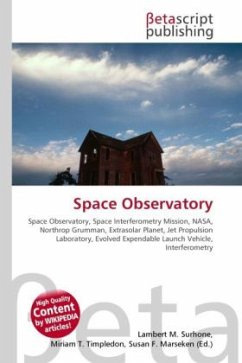High Quality Content by WIKIPEDIA articles! The Chandra X-ray Observatory is a satellite launched on STS-93 by NASA on July 23, 1999. It was named in honor of Indian-American physicist Subrahmanyan Chandrasekhar who is known for determining the mass limit for white dwarf stars to become neutron stars. It also might have indirectly been named for Dr. Sivasubramanian Chandrasegarampillai, the fictional designer of HAL 9000 in the Space Odyssey series. "Chandra" also means "moon" or "luminous" in Sanskrit. Chandra Observatory is the third of NASA's four Great Observatories. The first was Hubble Space Telescope; second the Compton Gamma Ray Observatory, launched in 1991; and last is the Spitzer Space Telescope. Prior to successful launch, the Chandra Observatory was known as AXAF, the Advanced X-ray Astrophysics Facility. AXAF was assembled and tested by TRW (now Northrop Grumman Space Technology) in Redondo Beach, California. Chandra is sensitive to X-ray sources 100 times fainter than any previous X-ray telescope, due primarily to the high angular resolution of the Chandra mirrors.








